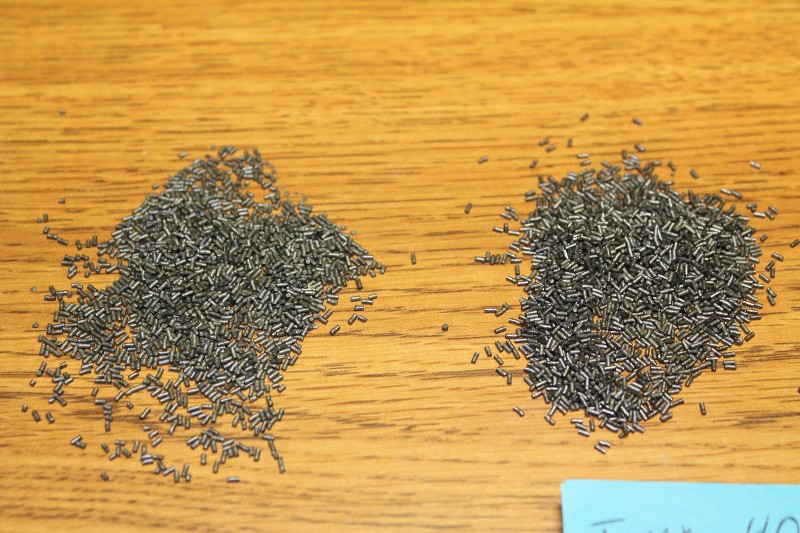In both instances where I saw it tumble (748 yard popper in a Gunsite class where everyone in the class was using PMC match ammo loaded with the Sierra 168 and nobody hit the popper but me, and that was a happy accident, IMHO) and in a long range firing school at Camp Perry where the first firing done was on 800 yard targets and nobody on the line shooting 168's could stay on paper and the pits reported back keyholes from the rounds that did happen to hit paper.
That year Kevin Thomas, who was still working for Sierra as a ballistic tech at the time, was also attending the school. After all the moaning and groaning on the line (most people shooting 30 call had brought ammo with 168's), we asked him about it when the class broke for lunch. He explained the 168 was developed as a 300 meter International Rifle match bullet. That it also proved to shoot well at 600 yards had proven to be a big bonus for Sierra. But he said going beyond that was nothing it was made to do. He recommended the 175 grain SMK for that. It was developed in conjunction with the military for sniper ammunition after the Adjutant General's opinion (1984?) that non-expanding hollow points were OK for combat was published and that bullet sails right through the transonic range, unperturbed.
Incidentally, the whole transonic range bothers the 168. That's usually taken as about Mach 0.8 or 0.85 to Mach 1.2 or 1.25. All the tumbling I saw began when velocity dropped to about 1400 fps, which is Mach 1.25 in standard ICAO conditions.
That year Kevin Thomas, who was still working for Sierra as a ballistic tech at the time, was also attending the school. After all the moaning and groaning on the line (most people shooting 30 call had brought ammo with 168's), we asked him about it when the class broke for lunch. He explained the 168 was developed as a 300 meter International Rifle match bullet. That it also proved to shoot well at 600 yards had proven to be a big bonus for Sierra. But he said going beyond that was nothing it was made to do. He recommended the 175 grain SMK for that. It was developed in conjunction with the military for sniper ammunition after the Adjutant General's opinion (1984?) that non-expanding hollow points were OK for combat was published and that bullet sails right through the transonic range, unperturbed.
Incidentally, the whole transonic range bothers the 168. That's usually taken as about Mach 0.8 or 0.85 to Mach 1.2 or 1.25. All the tumbling I saw began when velocity dropped to about 1400 fps, which is Mach 1.25 in standard ICAO conditions.

